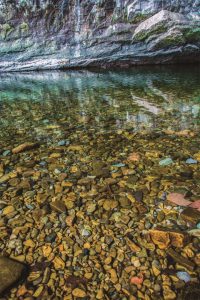
Qiyao mountain is located at the junction of Shizhu and Fengdu. It is named after the seven towering peaks that resemble the seven stars of sun, moon, gold, wood, water, fire and earth. In Chongqing, a high mountain with serious “internal entanglement”, Qiyao mountain is different because of too many legends that can “kill” its opponents. It is like a “hermit” in the mountain, waiting for people who want to explore its mysterious past.
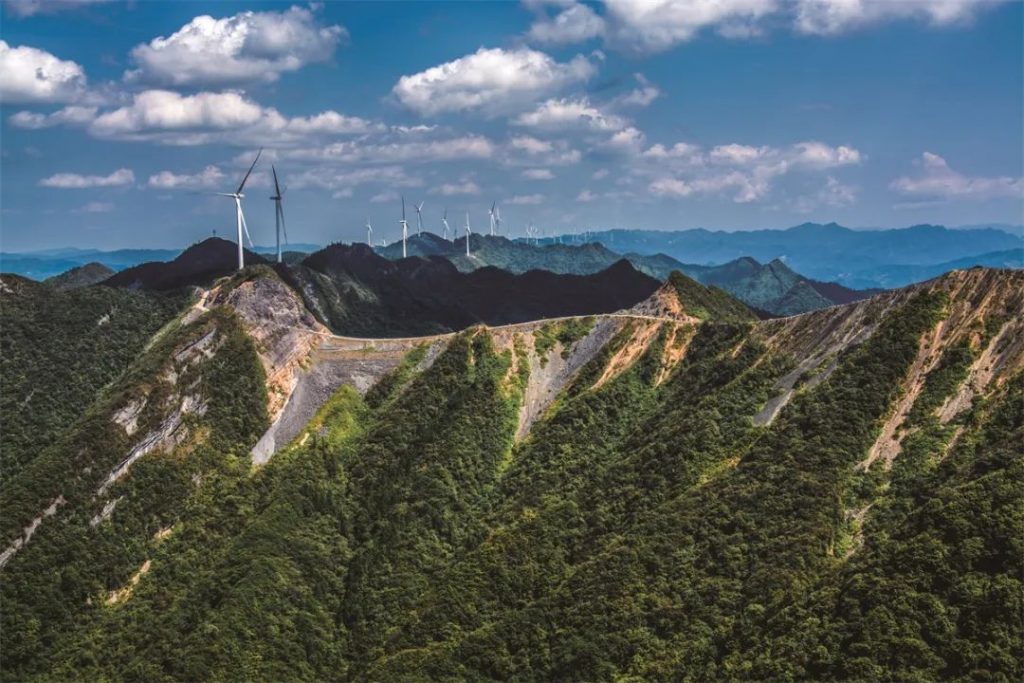
Miraculous “Jurassic swordsman”
The “all-star” lineup of 1 world-class geological relic, 5 national-level geological relics, 35 provincial (city)-level geological relics, and 19 county (district)-level geological relics has jointly created the “dangerous” and “dangerous” of Qiyao Mountain. Odd”, and his title as one of the “Jura Three Musketeers” is even more outstanding in the world.
“Jurassic folds” refer to folds that develop in the sedimentary caprock and extend parallel to each other. At present, mountains with this typical feature are extremely rare, and only three are recognized in the world: one is the Jura Mountains on the French-Swiss border, the other is the Appalachian Mountains in eastern North America, and the third is the Qi Yao Mountain is located in the parallel ridge valley area of eastern Sichuan in my country. Because of the appearance of these three mountains, they are also known as the “Jura Three Musketeers”.

This kind of fold is divided into two types: partition type and partition type. The partition type fold is also called “comb fold”. It is named after the gentle and open syncline between the two anticlines. The top of the mountain is dangerously high, but the valley between it is flat and open. In contrast, in the trough fold, the anticline between the two synclines is gentle and open, that is, the mountaintops arranged in parallel are gentle and open, but the valleys between them are deep and narrow, so they are also called “box folds”. The Qiyao Mountain is located at the boundary between the two folds in the parallel ridge-valley area in eastern Sichuan, which is even more rare. If you want to feel the magic of this geological wonder, the best place to watch it is the single-sided mountain of Yingzuiyan in Shanhe Village, Huanghe Town, Shizhu County.
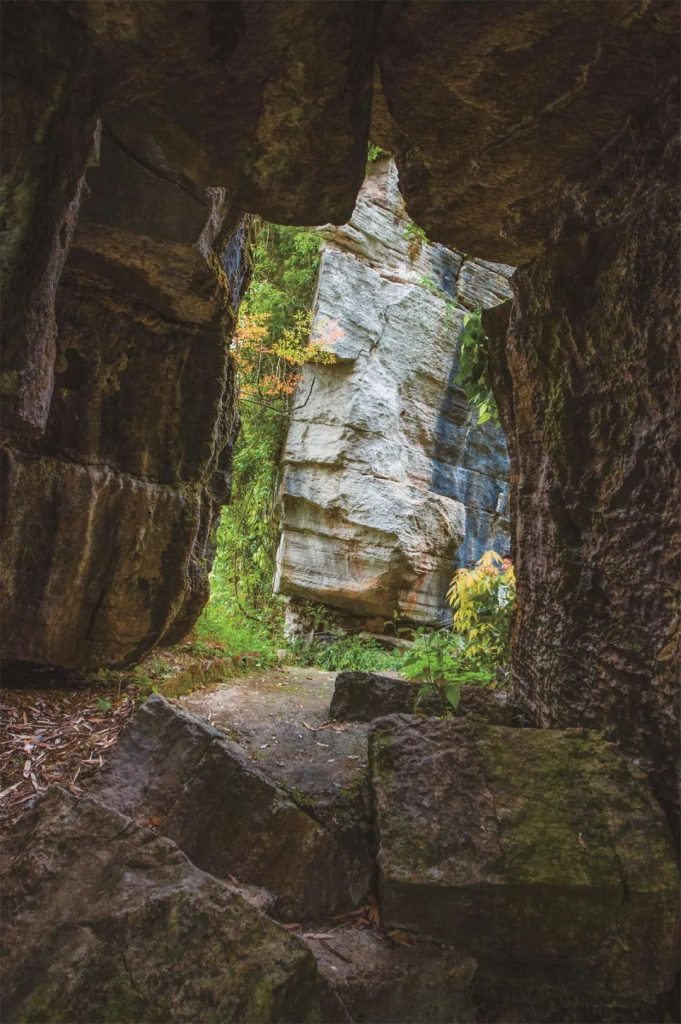
The sword marks know the strength, and the swordsmanship can be seen carefully. The beauty of Qi Yao Mountain lies not only in the mighty power of nature, but also in the “finely crafted” that can be seen everywhere—the wonderful landscape represented by peaks, canyons, and karst caves. Famous landscapes such as Sifang Cave, Shimagou, Daguoquan, Xiaoguoquan, Rapeseed Cave and Yuquan Cave in Shimagou Valley of Yulong Village are arranged from top to bottom, which is dizzying. The cold cave in Ginkgo Village is even more famous. There is a “hall” with a length of 224 meters, a height of 50 meters and a maximum span of 180 meters. Such an area is one of the best in the domestic karst caves. There are also rare “Golden Flat Eggs” in China. ”, giant stone pillars, stalagmites, wall flow stones and other wonders.
Youguangou Canyon is known for its eroded landforms. The 5-kilometer-long, deep and narrow canyon is densely covered with landscapes such as Shuanghekou, Maozidaokou, chessboard stones, pig drill holes, and Yixiantian. When you arrive at Jiulong Gorge, you must see the seven-eye springs hidden in the cliffs on both sides of the river. In addition, the Xiangshuidong Waterfall is especially shocking. The turbulent water flows down the cliffs of the Zhangzida Cliff, which is more than 140 meters high. Thunder roared for miles away.
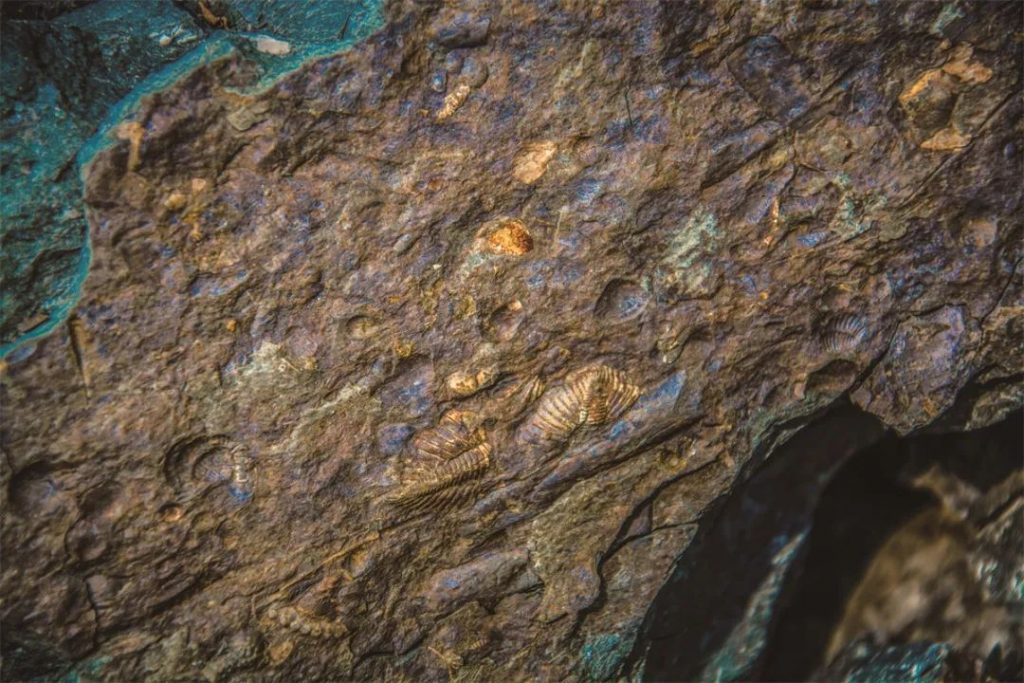
Despite the towering peaks of Qi Yao Mountain today, it was a vibrant ocean in ancient times, where ancient creatures from different eras once thrived and left countless traces. This is an important fossil producing area in the southwest: Yellow Crane Town has the base camp of Cambrian trilobites, hunting grounds for right angle stones, and corridors where graptolites wander around; Jinling Township has a fantastic forest of Ordovician crinoids; Zhangzi Cliff has traces left by various biological activities; the density of insect tracks in Honghe Village and Yulong Village is even rarer in China, which shows the grand occasion of that year.
Mysterious engineering deep in the mountains
Today, the knife-behind beam of Qiyi Mountain has become a popular travel destination during holidays. Many tourists would rather pay the price of being stuck for a day and experience the thrilling “walking on the knife” in person. This section of the road built on the top of the ridge is winding and winding, like a sky road, with cliffs on both sides, with an average width of 6.5 meters, and the narrowest section is only 5.5 meters. From the air, the car is like driving on a blade. Startled.
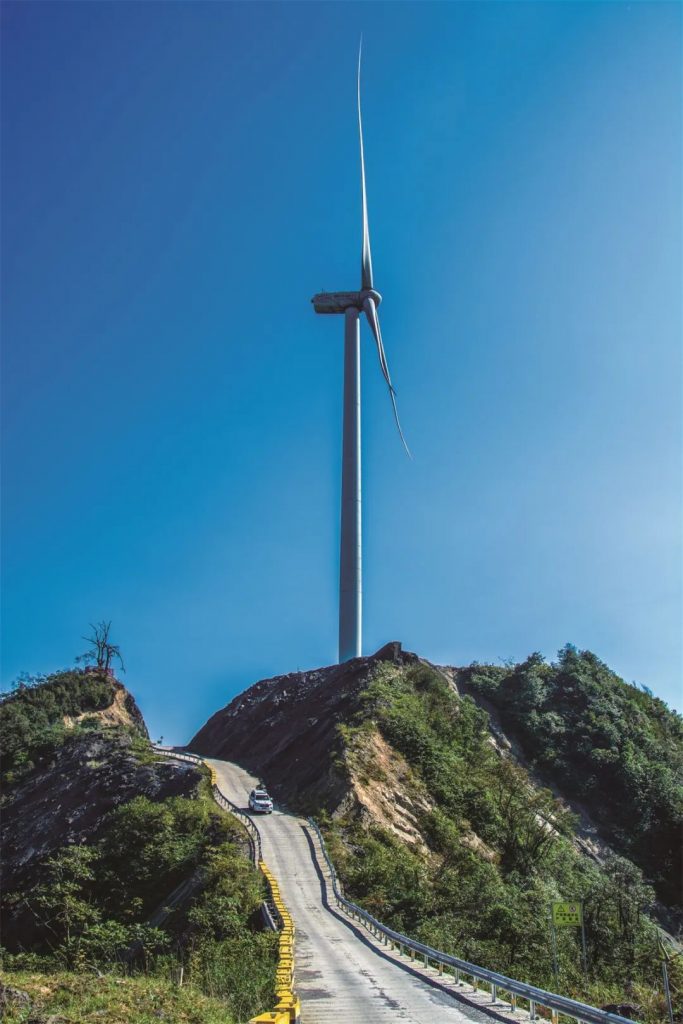
In fact, as early as the Ming Dynasty, such roads had spread all over the cliffs and cliffs of Qiyao Mountain. Groups of caravans appeared and disappeared in the clouds. comparison. Why do people have to overcome all difficulties to build roads in such a dangerous place, and even pay the price of their lives and still keep going? One of the reasons is that Qi Yao Mountain lies on the road leading from the stone pillars to Pengshui and Fengdu, and it is a necessary place for the transportation of salt. As the economic pillar of the ancient southwest region, the smooth flow of the salt road was by no means a trivial matter. However, the technical capabilities at that time were limited. If we did not go here, not only the journey would be long, but also bridges and tunnels would be built, which would be even more inconvenient. However, the most important reason is that lead-zinc ore was discovered here, which made Qiyao Mountain flourish in the Ming Dynasty.
Why did such a seemingly ordinary metal make the ancients pursue it so wildly? This also starts with the special use of ancient zinc.
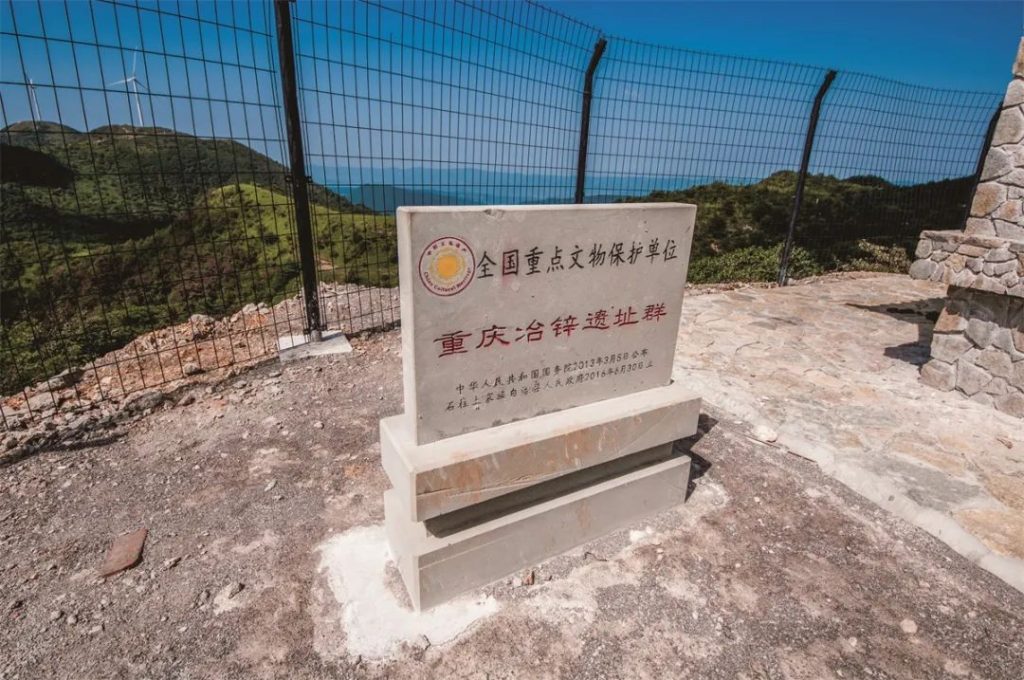
In the Ming Dynasty, zinc ingots, like salt and iron, were listed as strictly controlled products and were firmly controlled by the government. , you may lose your life if you are not careful. “Ming Hui Dian” records: “Jiajing Zhongxing is an example, Tongbao money is 6 million yuan, and the two fire brass is 47,272 catties…” The “two fire brass” in the text refers to copper and zinc Alloy, it can be seen that copper and zinc are the main materials for making coins. Qiyaoshan is one of the main producing areas of zinc ore in the country. Unlike other ore-producing mountains and forests, the Qiyaoshan Zinc Mine is located in the deep mountains, but it is very lively because the zinc ore here is not shipped out after mining, but on the spot. It is smelted and shipped as finished zinc ingots. It was extremely rare in ancient times that the entire industrial chain from mining to smelting was located in the mountains.
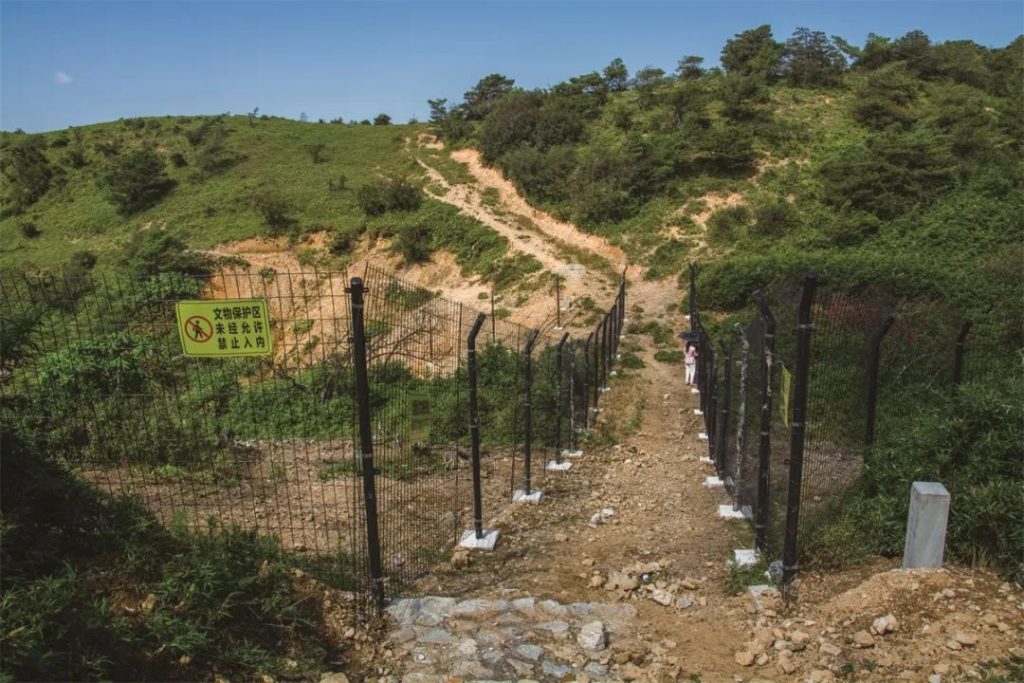
In order to ensure the confidentiality and foolproofness of every link such as smelting, storage, and transportation, each zinc smelting furnace is equipped with specially trained skilled workers to take care of it, and each smelting tank is put into ore and media in proportion. In addition, the government is also equipped with a large number of officers and soldiers on duty day and night on the large and small mines, smelting areas, and transportation roads in Qiyao Mountain to ensure that the zinc ingots are sealed immediately after production, secretly transported to the riverside for loading, and then escorted by special personnel to the designated location. Storage, during which the slightest loss may lead to the felony of decapitation.
A series of rigorous and cumbersome measures have led to the discovery of raw materials, tools, engineering sites and other archaeological achievements in the Zinc Smelting Site of Qiyaoshan, but never a single zinc ingot has been unearthed. At the same time, a lot of human and material resources have been invested, which also caused the grand occasion of the dangerous and crowded Qi Yao Mountain.
Exploring the “high-tech” of the Ming Dynasty
In contrast to the hot zinc smelting scene, the environment in which these large-scale smelting workshops are located is unimaginably steep and narrow, and even walking requires extra care. Since the environment is so bad, why not transport the ore out for smelting? This actually has a lot to do with the ancient zinc smelting method.
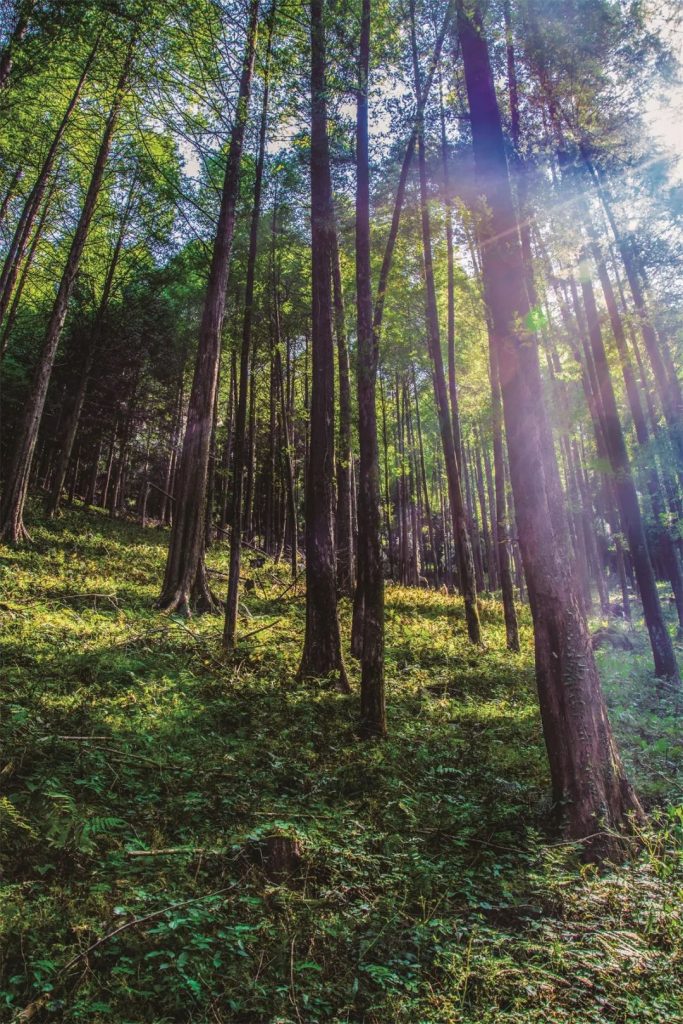
Compared to other copper alloys, coins minted from brass are stronger and more wear-resistant. However, it was clearly recorded in the Minghui Dian that brass coins appeared much later than other types of coins. This is because the smelting of metal zinc is much more difficult than that of copper, iron, tin, and lead. Therefore, how to better The extraction of zinc has become a problem that plagued countries in the ancient world. Although ancient zinc smelting technology has been recorded in Chinese historical records, no physical evidence has been found before, so that foreign historians insist that zinc smelting technology was introduced into China from foreign countries. The discovery of the zinc smelting site in Qiyaoshan proves that my country’s zinc smelting technology is about 400 years earlier than that of foreign countries, and it has also been exported to Europe. According to historical records, in 1745, the cargo ship of the East India Company sank off the coast of Sweden, and the cargo carried on the ship was zinc from China, and its purity was as high as 98%!
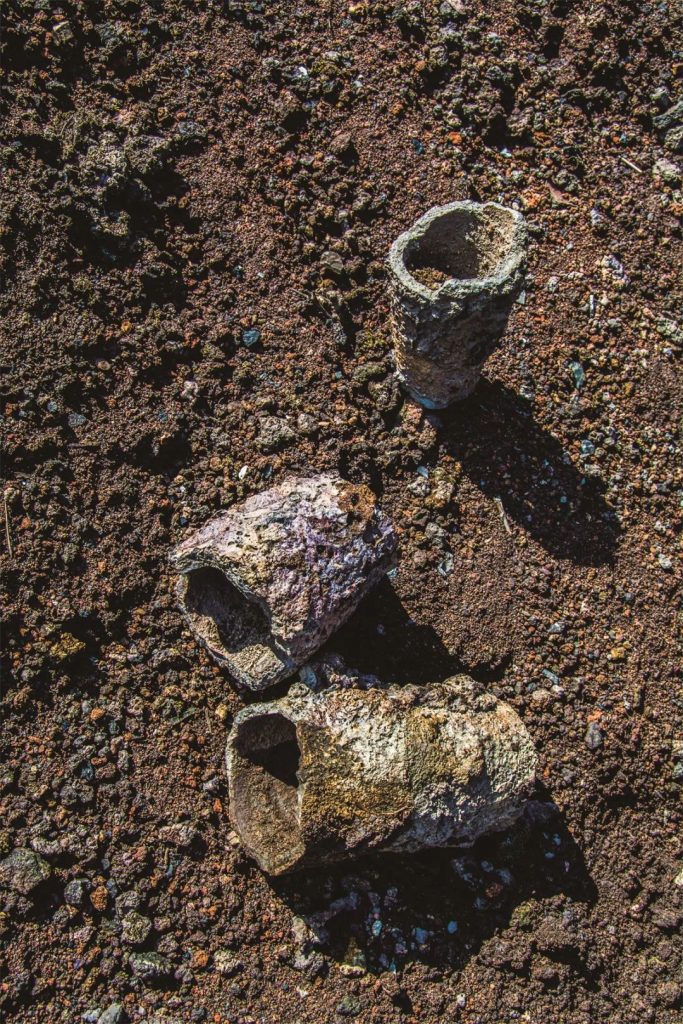
The most amazing thing is that when the “black technology” of zinc smelting used by the ancients appears in front of you, you may drop your jaw – a honeycomb-shaped “earth wall” with a height of one person and a length of several meters in the ruins is particularly eye-catching. The wall is densely “grown” with black holes, and upon closer inspection, it turns out that hundreds of pottery pots shaped like “medicine pots” are piled up. These jars have large stomachs and pointed ends. The pots are pitted and covered with gravel, and there is a row of stone fences that are only half a meter high but are taken care of by archaeologists. It is these “high-tech” discoveries that for the first time allowed the world to see the true nature of the mysterious zinc smelting tools recorded in the Ming Dynasty classic “Tian Gong Kai Wu Hardware”.
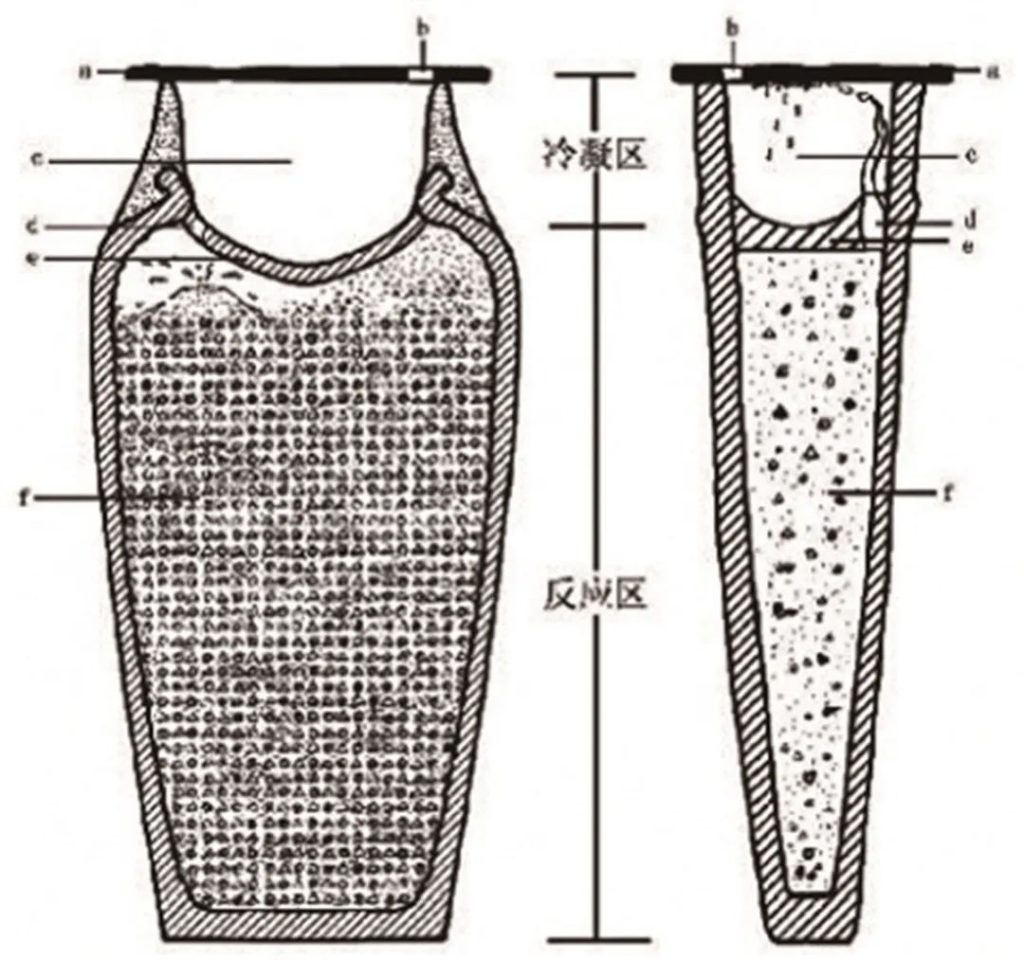
The “sealed distillation method” used in zinc smelting in the Ming Dynasty is divided into four steps. The first step of charging is to crush the Qiyaoshan zinc ore and coal, mix them evenly, and then put them into a special reaction tank—that is, those strange-looking “medicine jars”, and fill in an appropriate amount of water, which is connected from the shoulder of the tank. The condensation chamber is then sealed with a lid. In the second step of smelting, in order to prevent the tank from bursting during the high-temperature smelting process, the reaction tank must be wrapped with a layer of yellow mud on the outer wall before entering the furnace, and then placed between the grate of the furnace—that is, beside the reaction tank, A stone fence more than half a meter high. Don’t underestimate it, it is the core device in the smelting process. Its plane is a long strip and consists of a hearth and a kiln chamber. The hearth is mostly built on raw soil, and the piers are built with strip bricks on the bed. Bricks, horizontal bridge-crossing bricks can be seen on individual pier bricks, and the pier bricks and bridge-crossing bricks together constitute the grate. The kiln room is in the shape of a manger. The walls at both ends are built directly on the hearth with adobe or bricks. When workers use it, they first stack coal briquettes and slag around the reaction tank, and then put firewood, charcoal and other fuels under the grate. After the fuel charcoal was ignited to ignite the briquettes, a series of reactions took place in the tank.
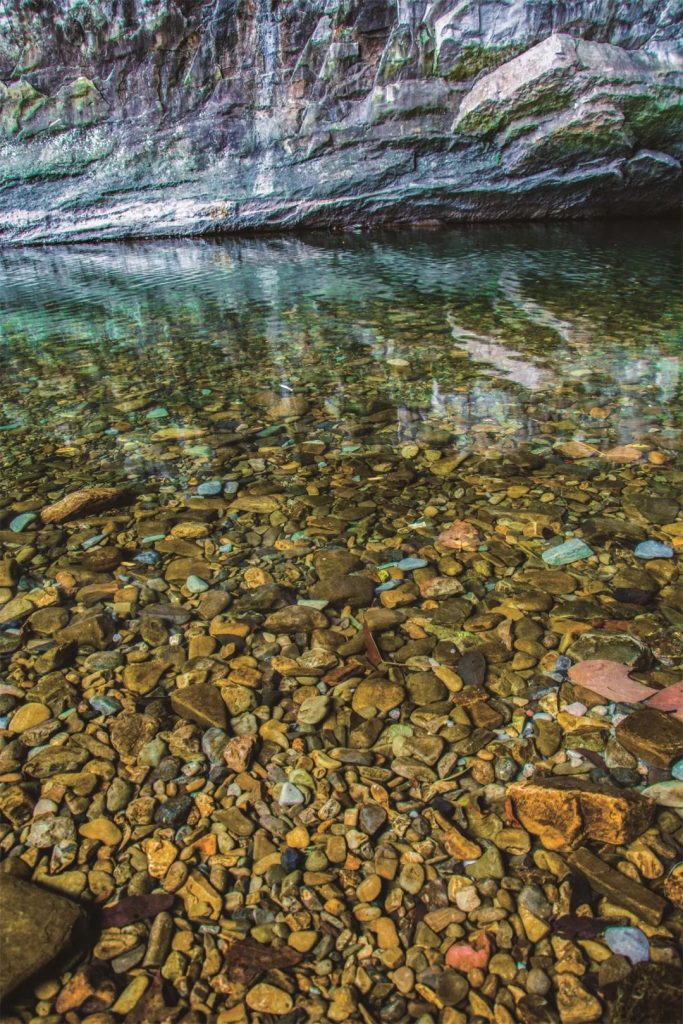
The third step of condensation is the key to the whole process. The reason why zinc is difficult to smelt is that when carbon and zinc ore are heated together, the temperature will soon rise to above 1000 °C, while the boiling point of metallic zinc is 906 °C. The smoke disappears and is not easy to detect, and the wisdom and wisdom of the ancients are reflected in those strange “medicine jars”. Zinc smelting workers first use yellow mud to make a condensation pit at the mouth of the tank and completely seal the reaction tank with only one air passage, and then use mud strips from the shoulder of the reaction tank to form a cavity of about 10 cm. The condensation cover forms the condensation zone. When the temperature in the furnace reaches a certain temperature, the zinc ore in the reaction tank reacts with the coal to reduce the gaseous zinc, and the gas rises to the condensation area through the ventilation holes of the condensation chamber, and cools by means of the “Dongfeng”, and finally forms liquid elemental zinc and flows into the condensation area. in the condensation pit.
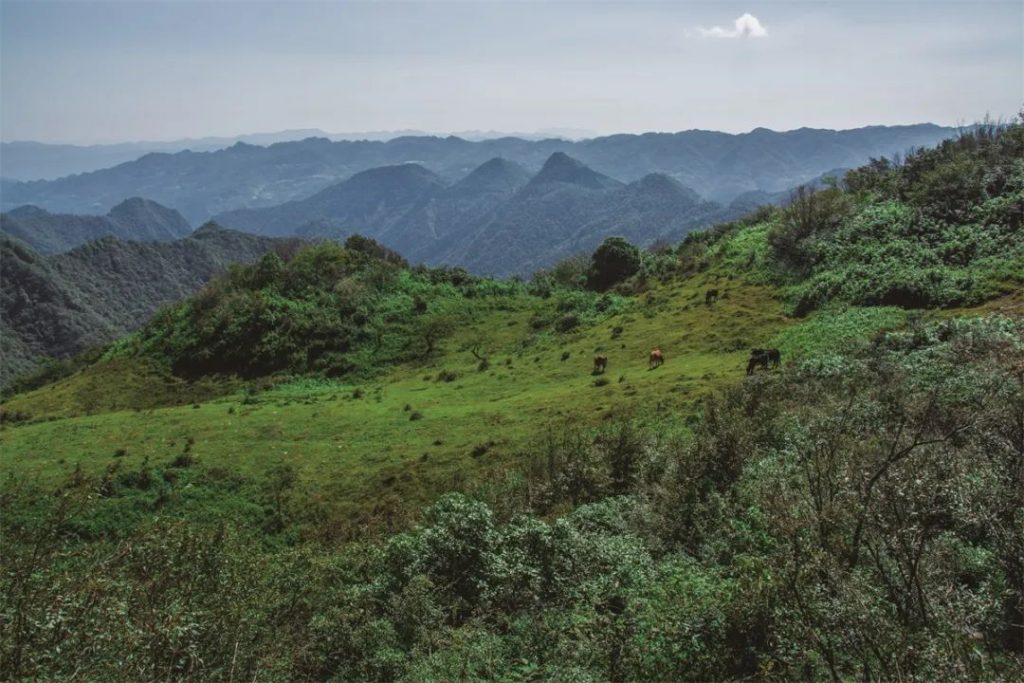
The fourth step is the finished product. After the liquid elemental zinc is cooled and solidified, the reaction tank can be broken to take out the zinc block. Although these “medicine jars” are densely packed like a wall of earth, in fact, the zinc that can be smelted from a jar is only a thin layer. From this, we can also understand the good intentions of the ancients when they chose to smelt in Qiyao Mountain: ore is an endless source, the stream in the ditch is not only the carrier of smelting, but also the ditch for slag discharge, and the wind in the valley is powerful and free Cooling the “blower”, the three generated great magic power under the ingenuity of the ancients, and overcome the world’s smelting problems in the harsh geographical environment.
The Zinc Smelting Site of Qiyao Mountain is in an orderly layout, and the work of each part is clear. The site consists of several smelting yard, and a single smelting yard is divided into working area, living area and abandoned accumulation area. The working area is composed of a series of facilities such as smelting furnace, coal stacking pit, mine stacking pit, and water storage tank; the living area is the place where the workers of the workshop live and live, and is also the storage place for products; Places such as waste and household waste. As one of the important zinc smelting sites in my country, the Qiyaoshan zinc smelting site has also become a national key cultural relic protection unit. Whether the zinc ingots produced by these large-scale workshops have other uses other than coins is still a secret, and it can only be revealed by new archaeological discoveries in the future.
Comments